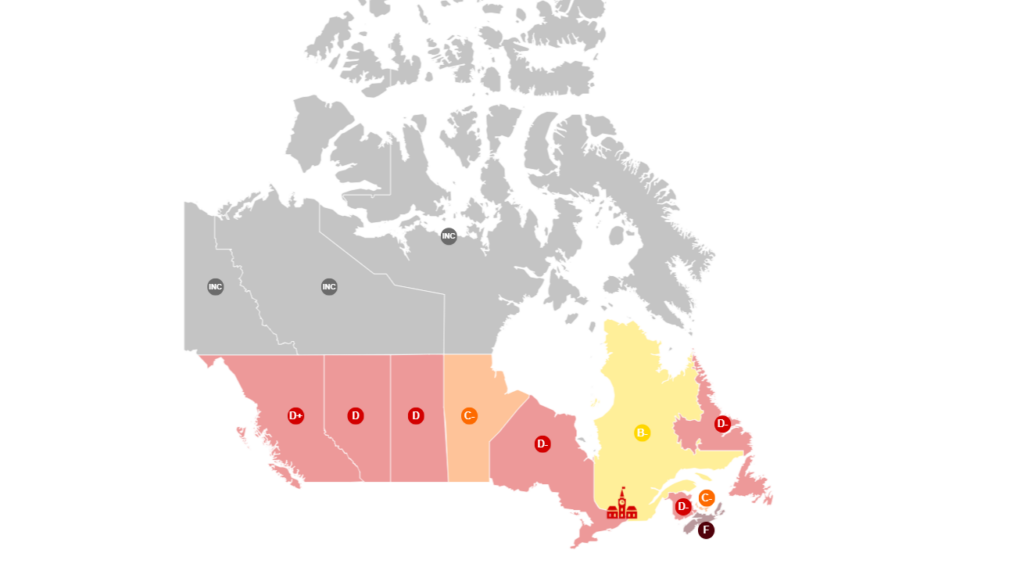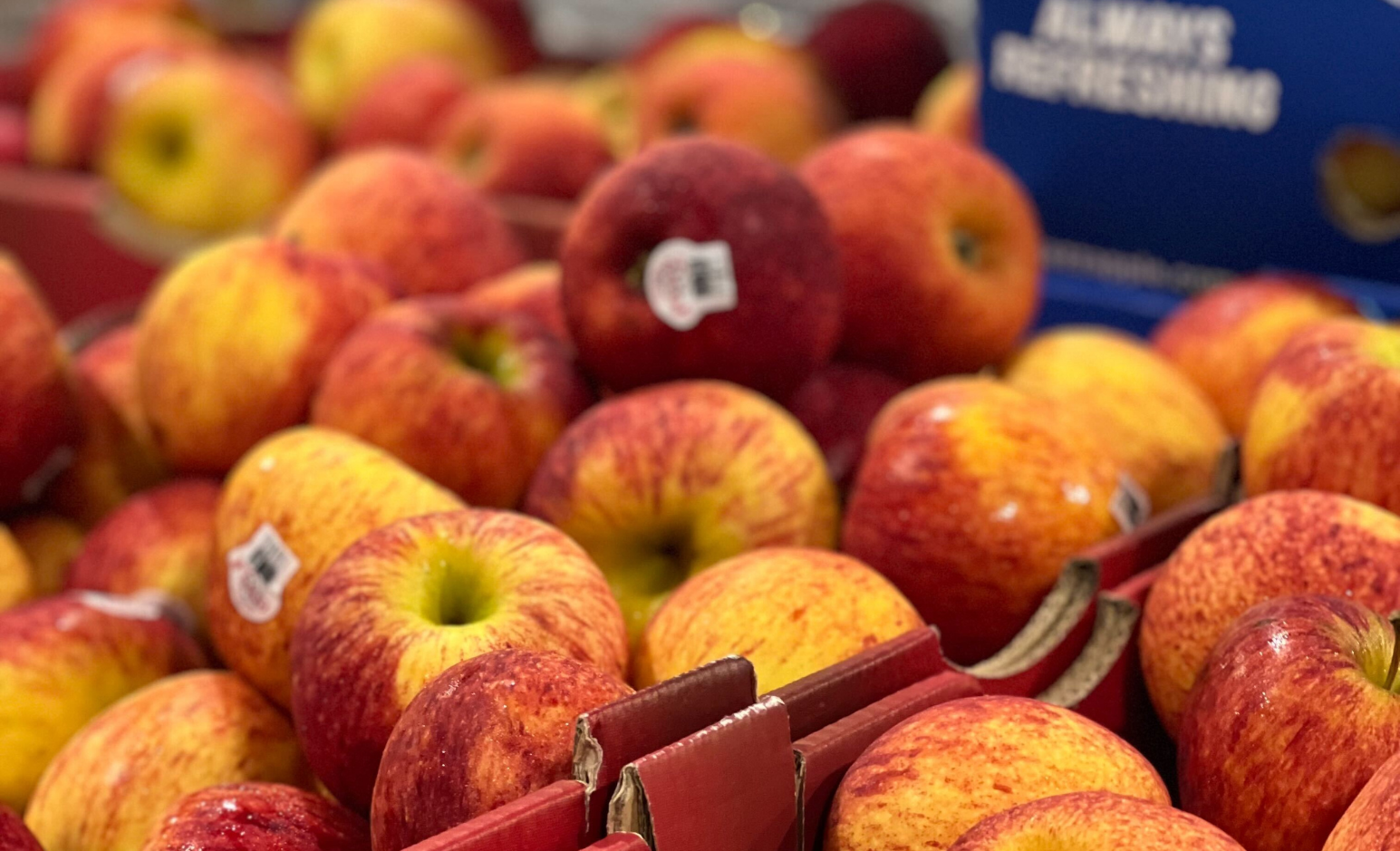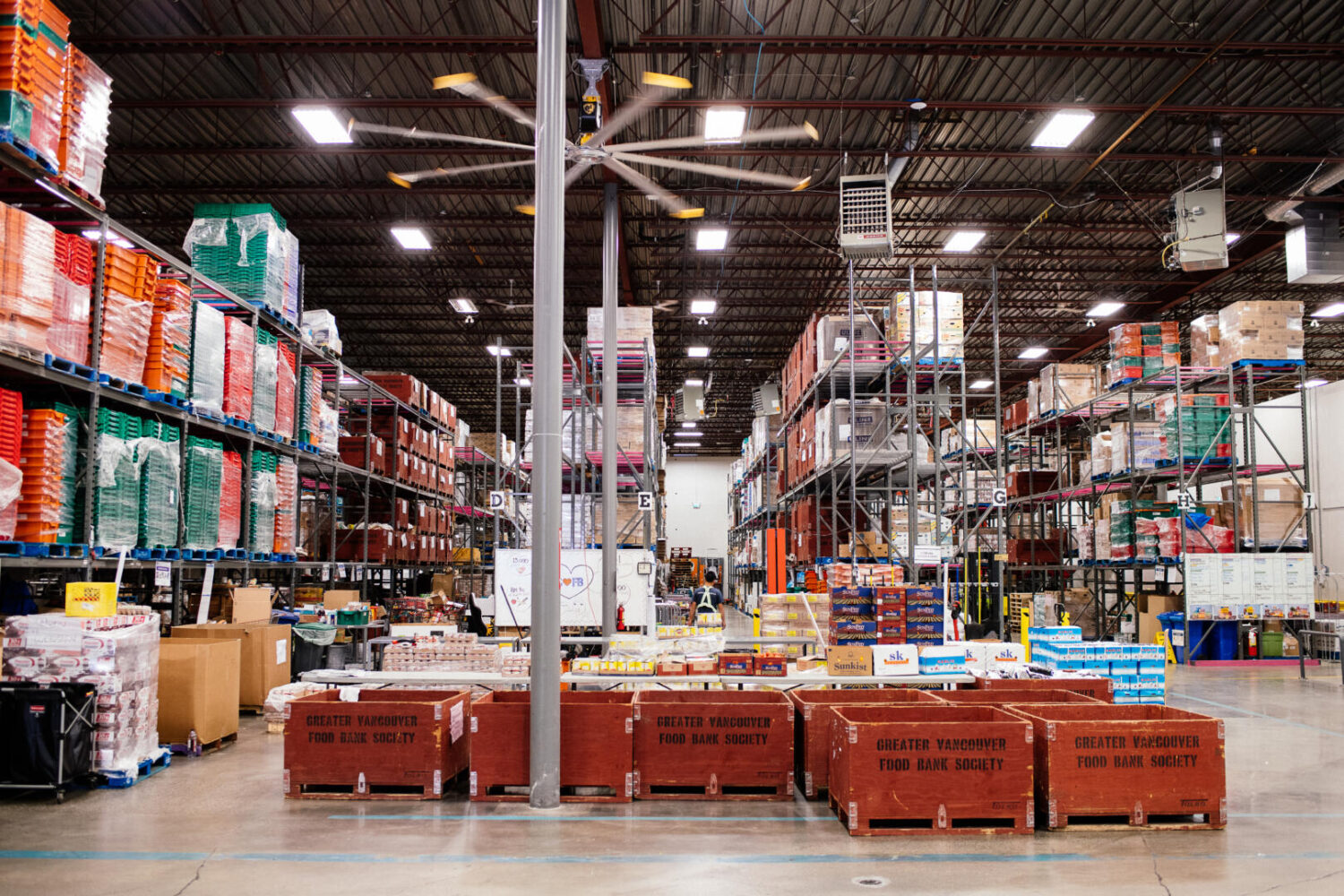The following report is directly from Food Banks Canada

Poverty in Canada is entrenched, deepening, and impacting low-income and vulnerable people in every region of the country according to Food Banks Canada’s inaugural release of the Poverty Report Cards, which call for much-needed action from all levels of government.
According to Food Banks Canada’s Poverty Report Cards, more than 42.6% of people nationally feel financially worse off compared to last year; 18.4% are experiencing food insecurity and almost 30% are coping with an inadequate standard of living.
“Food Banks Canada Calls for Collective Effort from Every Level of Government”
“Until now, information about poverty has been scattered across the country and difficult to compare from government to government. Now, Food Banks Canada has developed an objective way to compare the progress of every government over time, focusing on providing governments with tangible ways to improve and prioritize poverty reduction efforts,” explains Phil Ozga, Chief Network and Government Relations Officer, Food Banks Canada.
“Poverty in Canada cannot be resolved by focusing on one provincial government or just the federal government. We need a collective effort from every level of government in Canada, and this report allows us to see that while every government has a long way to go, some are doing more than others,” he says.
All Governments in Need of a Dramatic Shift
The majority of governments in Canada received grades in the D-range — with 8 out of 14 receiving a D+ or worse grade for their weak approach to poverty reduction. While Quebec is trending slightly better when it comes to supporting its low-income residents, Ozga stresses that no province is demonstrating an acceptable level of poverty reduction efforts at this time.
“An overall lack of action on affordable housing, and improving social assistance lies at the heart of Canada’s growing struggle with poverty and food insecurity,” explains Ozga. “All governments must find a new sense of urgency and act together to combat this issue.
Poverty Levels are Relatively Low Despite all other Signs Pointing to a Crisis
According to Ozga, the new report shows that poverty rate levels are masking the real struggles of many people in Canada and that governments must work harder, and look beyond income measures alone, to help those who are falling through the cracks:
- Close to half of people in Canada feel financially worse off compared to last year.
- 18% (more in some provinces) are experiencing food insecurity.
- Over a quarter of people are living in an inadequate standard of living.
- Mental health is also a concerning factor with 60% of people thinking mental health issues are not getting enough attention and 30% say their mental health is impacting their ability to work.
A Roadmap for Reducing Poverty
“Behind every statistic is a person or a family that’s struggling to put food on the table – but that doesn’t have to be the Canada of the future,” explains Kirstin Beardsley, Chief Executive Officer, Food Banks Canada. “This report not only highlights the deep gaps in our current social safety nets, but it also provides a roadmap for every level of government. We can build a Canada where no one goes hungry by asking our governments to take bold and focused action where people need help most.”
The full series of report cards provide detailed provincial, national, and territorial analysis and statistics, along with interactive, digital maps that Food Banks Canada will update year over year to hold governments to account.
Report Cards Highlights at a Glance
Food Banks Canada’s Poverty Report Cards paint a devastating look at the diverse ways poverty is impacting people in every province or territory in Canada: https://foodbankscanada.ca/poverty-index/
About Food Banks Canada
Food Banks Canada provides national leadership to relieve hunger today and prevent hunger tomorrow in collaboration with the food bank network from coast-to-coast-to-coast. For 40 years, food banks have been dedicated to helping Canadians living with food insecurity. Over 4,750 food banks and community organizations come together to serve our most vulnerable neighbours who in March of last year made nearly 1.5 million visits to these organizations, according to our 2022 HungerCount Report. Over the past 10 years, as a system we’ve sourced and shared over 1.4 billion pounds of food and Food Banks Canada shared nearly $168 million in funding to help maximize collective impact and strengthen local capacity – while advocating for reducing the need for food banks. Our vision is clear: create a Canada where no one goes hungry. Visit foodbankscanada.ca to learn more.
SOURCE Food Banks Canada




